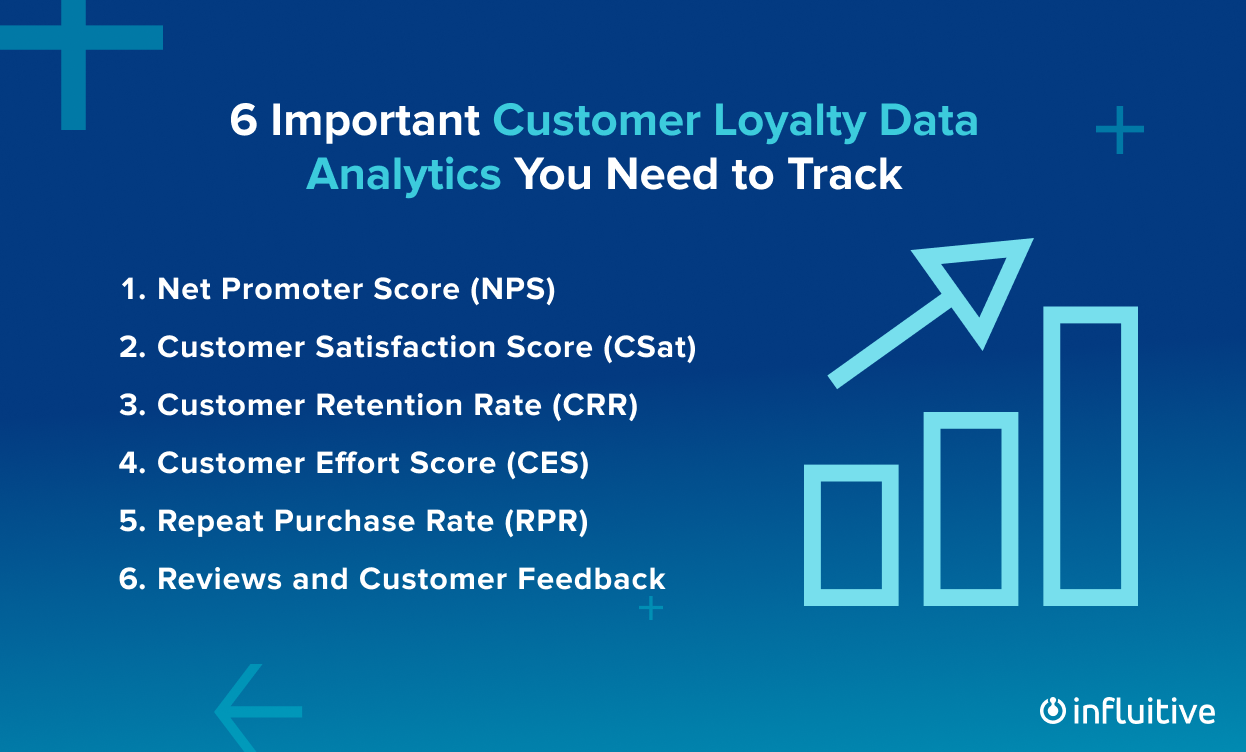Bright Insights Hub
Your go-to source for the latest news and information across various topics.
Loyalty Retention Analytics: The Secret Sauce for Keeping Customers Hooked
Unlock the secrets of loyalty retention analytics and discover proven strategies to keep your customers hooked for life!
How Loyalty Retention Analytics Can Transform Your Customer Relationships
Loyalty retention analytics is revolutionizing the way businesses perceive and engage with their customers. By harnessing advanced data analysis techniques, companies can transform raw customer data into actionable insights that reveal valuable patterns in customer behavior. Understanding why customers stay or leave enables businesses to tailor their marketing strategies, enhance customer service, and foster a culture of loyalty. By employing these analytics, brands are not only able to identify their most valuable customers but also can predict future buying behaviors, leading to improved engagement and increased profitability.
Moreover, utilizing loyalty retention analytics can profoundly impact customer relationships. When businesses leverage this data, they can create personalized experiences that resonate with individual customers. For instance, by analyzing purchase history and preferences, companies can send timely and relevant offers, ensuring customers feel valued and understood. This targeted approach not only enhances customer satisfaction but also diminishes churn rates. Ultimately, investing in loyalty retention analytics is a strategic move that can redefine customer relationships, fostering deeper connections and lasting loyalty.

Counter-Strike is a popular tactical first-person shooter (FPS) game that pits teams of terrorists against counter-terrorists in various objective-based scenarios. Players engage in intense battles, strategizing with teammates to secure victory through skillful gameplay and teamwork. If you're looking to enhance your gaming experience, you might want to check out a clash promo code for some exciting perks.
Top Metrics You Need to Track for Effective Customer Retention
To ensure effective customer retention, it's crucial to track key metrics that offer insights into your customers' behaviors and preferences. One of the most important metrics is Customer Lifetime Value (CLV), which helps you understand the total revenue a customer is expected to generate throughout their relationship with your brand. Additionally, keeping an eye on the Churn Rate is vital; this metric represents the percentage of customers who stop engaging with your brand over a specific period. By regularly analyzing these metrics, you can identify patterns and implement strategies to enhance customer loyalty.
Another essential metric for assessing customer retention is the Net Promoter Score (NPS), which measures customer satisfaction and the likelihood of recommending your brand to others. A high NPS indicates that your customers are not only happy but also engaged, leading to new customer acquisition through referrals. Furthermore, examining Customer Engagement Rates can provide insights into how actively customers are interacting with your products or services. By focusing on these top metrics, businesses can create targeted retention strategies that foster long-term relationships with their customers.
What Are the Key Strategies for Enhancing Customer Loyalty Through Data Analysis?
Enhancing customer loyalty through data analysis involves a multifaceted approach that centers around understanding customer behaviors and preferences. By leveraging data analytics tools, businesses can segment their audience into specific demographics and tailor marketing strategies that resonate with each group. Key strategies include utilizing predictive analytics to forecast customer needs, monitoring customer interactions across various channels, and gathering feedback through surveys and reviews. By analyzing this data, companies can identify trends and adapt their offerings to meet evolving demands, ultimately fostering stronger connections with their customers.
Furthermore, personalized marketing is a crucial aspect of maximizing customer loyalty. Using data analysis to create targeted campaigns can significantly enhance the customer experience. For instance, dynamic content in email marketing campaigns allows businesses to send personalized messages based on previous purchases and browsing history. Additionally, implementing a rewards program that is informed by customer data can incentivize repeat business. Businesses should also continuously track customer engagement metrics to refine their strategies and ensure sustained loyalty over time. By prioritizing data-driven decisions, companies can create lasting relationships with their customers.